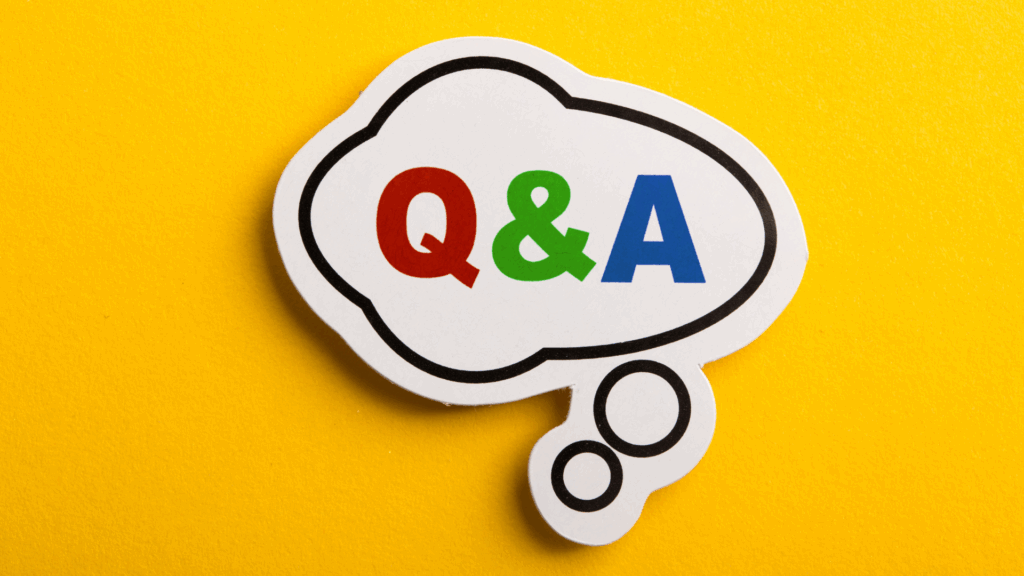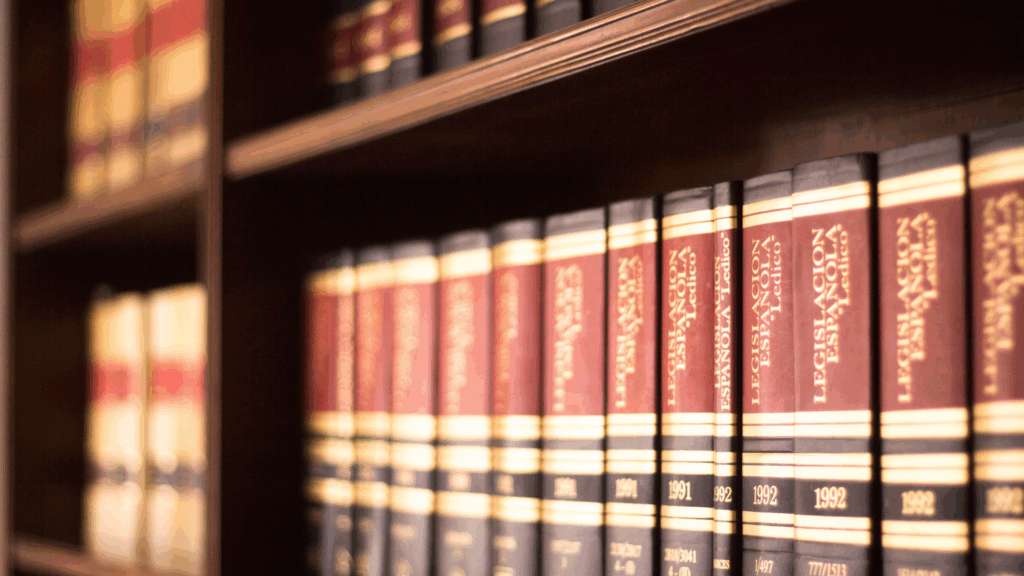Article III, Section 4 of the 1987 Constitution provides:
No law shall be passed abridging the freedom of speech, of expression, or of the press, or the right of the people peaceably to assemble and petition the government for redress of grievances.
How does Philippine constitutional law regard freedom of speech and expression?
Freedom of speech and expression is a preferred right in the Philippine constitutional system. It is not just a civil right but also a vital political right, essential to democracy and the marketplace of ideas.
What types of expression does it cover?
It covers all forms of expression, including:
- Words or utterances
- Conduct or gestures (e.g., saluting or burning the flag)
- Action or inaction
- The right to remain silent
Against whom may the right be invoked?
It can only be invoked against the government. While the Constitution states “no law shall be passed,” the right also applies to other government acts, such as:
- A mayor refusing to issue a permit for a public rally
- A COMELEC resolution banning exit polls during elections
- DOJ or NTC orders prohibiting media from airing the “Garci” tapes under threat of license cancellation
Is truth a requirement before one can exercise freedom of speech or expression?
No. There only needs to be a good faith belief in the truth of the statement.
What is prior restraint?
Prior restraint refers to government restrictions imposed BEFORE the actual publication or dissemination of speech.
What is the rule on prior restraint?
Prior restraint is presumed invalid. The government must prove its validity.
What are examples of prior restraint?
Examples of prior restraint include:
- Censorship (banning a book or movie before release)
- Requiring a permit before publishing material
- Closing a media outlet before it can broadcast
What is subsequent punishment?
Subsequent punishment refers to penalties imposed AFTER speech has been made public.
What are examples of subsequent punishment?
Examples of subsequent punishment include:
- A libel case filed against a journalist
- Sedition charges for a speech
- Contempt proceedings for statements about a judge
What is a content-based regulation?
It regulates the subject or message of the speech itself.
What is a content-neutral regulation?
It regulates the time, place, or manner of the speech, without regard to its content.
Are content-based and content-neutral regulations valid?
Both are presumed invalid. The government must prove their validity using specific tests:
- Content-based regulations must pass the clear and present danger test. However, regulation of commercial speech may be tested against the intermediate test.
- Content-neutral regulations must pass the intermediate test.
What is the clear and present danger test?
It asks whether the speech creates a clear and present danger of bringing about a substantive evil the government has a right to prevent. The danger must be extremely serious and imminent.
Example: Inciting a crowd to commit immediate violence.
- This is likely to cause public danger that is both imminent and serious, and the government has the right to prevent it.
- Thus, the government can censor these kinds of speech through content-based regulations.
What is the intermediate test?
Under this test, a content-neutral regulation is valid if it is shown that:
- The regulation is within the government’s constitutional power.
- It furthers an important government objective.
- It is not be aimed at suppressing speech.
- Any restriction is no greater than necessary to achieve the objective.
Example: Requiring permits to hold rallies to ensure public safety and traffic flow.
- The permit requirement merely regulates the place, time, or manner of speech, without regard to its content.
- It serves an important government interest, maintaining public safety and order, and the restriction (permit requirement) is narrowly tailored to that interest without targeting the content of speech.
What is the overbreadth doctrine?
Under the overbreadth doctrine, a law regulating speech can be struck down entirely if its scope is so broad that it chills constitutionally protected expression, even if the law also covers conduct that the government may validly regulate.
For example, a law that bans all forms of protest in public spaces to prevent violence would be overbroad. While the state can regulate violent or unlawful protests, banning all protests chills protected peaceful expression. The law is overbroad.
What is a facial challenge?
A facial challenge is an action challenging the constitutionality of a law, arguing that the law is unconstitutional on its face, meaning it is invalid in all possible applications.
Facial challenge is an exception, not the rule. Generally, the constitutionality of laws is examined as-applied to particular facts (As-applied challenge). Recall that two of the requisites of judicial review are an actual case or controversy and legal standing of the petitioner. This means that the issue of constitutionality may be raised only once there is already a violation of the right, and only by the person whose right was directly violated.
However, a facial challenge can be filed even before the actual violation of the right. Any individual whose rights may be affected by the challenged law can raise a facial challenge, without the need to direct or personal injury.
Facial challenges generally apply to free speech cases.
Can facial challenges be used to question the validity of criminal laws?
Generally, criminal statutes are not subject to facial challenges. Courts require that these laws be challenged as-applied because facial invalidation could undermine the State’s ability to enforce legitimate criminal prohibitions (in terrorem effect, possibility of mass acquittal).
An exception is if the penal law relates to the exercise of free speech, religious and other fundamental freedom. Example: Cybercrime Prevention Act of 2012 as regards Cyber Libel, Anti-Terrorism Act of 2020 as regards regulation of fundamental freedoms.

Past Bar Questions and Sugggested Answers:
2024 Poli Bar Question
The Congress passed a law prohibiting the “transmission of commercial electronic communications with the use of a computer system which seeks to advertise, sell, or offer products and services without prior consent of the recipient.” The digital marketplace Buy and Ship Online (BSO) questioned the constitutionality of the law for being a class legislation because it specifically targets online businesses. BSO added that the measure must be tested using the “strict scrutiny test” because it interferes with the exercise of fundamental rights since commercial advertisements are forms of free speech and expression. In contrast, the Office of the Solicitor General invoked the “rational basis test” and argued that the State has a legitimate interest to protect the public from unsolicited advertisements. Considering the levels of judicial scrutiny, what is the proper test to determine the constitutionality of the subject law? Explain.
Suggested answer: The “intermediate approach” or “intermediate test” is the proper test to determine the constitutionality of the subject law.
The Supreme Court held that “[c]ommercial speech is a separate category of speech which is not accorded the same level of protection as that given to other constitutionally guaranteed forms of expression but is nonetheless entitled to protection.” Here, while the regulation imposed by the law is content-based, it should not be subject to the strictest form of judicial scrutiny. Rather, the courts must determine that that the restrictions are narrowly-tailored to promote an important or significant governmental interest that is unrelated to the suppression of expression. The latter is the intermediate approach.
Thus, the intermediate approach is proper to determine the law’s constitutionality.
Notes:
- This bar question is based on case of Disini, Jr. v. Secretary of Justice [G.R. No. 203335, et al. (2014)], which involves the constitutionality of certain provisions of the Cybrecrime Law, including Section 4(c)(3) on Unsolicited Commercial Communications.
- In Philippine jurisprudence, the tests for valid classification include: (1) rational basis test; (2) strict scrutiny test; and (3) intermediate scrutiny test. In free speech cases, the tests for the validity of government regulations include: (1) clear and present danger test; (2) intermediate test; (3) dangerous tendency test; and (4) balancing of interests test.
- This bar question appears to be a combination of two issues: (1) the validity of the classification (class legislation against online businesses), and (2) the validity of the free speech regulation.
- As regards the validity of classification, the rational basis test may be applied considering that the regulation involves commercial rights or interest, and does not interfere with the exercise of fundamental rights or basic liberties, nor does it burden suspect classes.
2020/21 Poli Bar Question
A law is passed penalizing any criticism of any sitting Member of the Supreme Court on any media platform. The penalty is higher when the criticism is made through social media. Is this law constitutional? Explain briefly.
Suggested answer: No, the law is not constitutional, insofar as it covers criticisms directed to the Supreme Court Members’ performance of public functions and other forms of protected speech.
Under the 1987 Constitution, no law shall be passed abridging the freedom of speech and expression. Under jurisprudence, regulations imposing prior restraint and subsequent punishment on free speech are presumed invalid. Moreover, content-based regulations on political speech are subject to the highest and strictest level of judicial scrutiny before they can be considered valid. In addition, criticisms of public officers in the performance of public functions are protected speech. Here, the law penalizing criticism of any sitting Member of the Supreme Court is a content-based prior restraint that penalizes speech based on its message, i.e., criticism of sitting Supreme Court Members.
The law violates the constitutional protection to freedom of speech and expression. Thus, not constitutional.
Note: the law may also be considered overbroad. The law penalizes ALL criticisms of any sitting Member of the Supreme Court. Criticisms in the form of unprotected speech, such as obscene words and defamatory speech, may be regulated. However, the law here does not distinguish criticisms of such character from those directed to the performance of public functions. The latter is protected speech. The law may be struck down for being overbroad. Its scope is so broad that it chills constitutionally protected expression. It may further be subject to a facial challenge.

Landmark Cases on Freedom of Speech and Expression
- Calleja v. Executive Secretary, G.R. Nos. 252578, 252579, 252580, 252585, 252613, 252623, 252624, 252646, 252702, 252726, 252733, 252736, 252741, 252747, 252755, 252759, 252765, 252767, 252768, 16663, 252802, 252809, 252903, 252904, 252905, 252916, 252921, 252984, 253018, 253100, 253118, 253124, 253242, 253252, 253254, 254191 & 253420, (07 December 2021)
- Disini, Jr. v. Secretary of Justice, G.R. Nos. 203335, 203299, 203306, 203359, 203378, 203391, 203407, 203440, 203453, 203454, 203469, 203501, 203509, 203515 & 203518, (18 February 2014). Read how the Supreme Court resolved the issue of constitutionality of Section 4(c)(3) of the Cybercrime Law on Unsolicited Commercial Communications.
- Chavez v. Gonzales, G.R. No. 168338, (15 February 2008)
- Adiong v. Commission on Elections, G.R. No. 103956, (31 March 1992)

